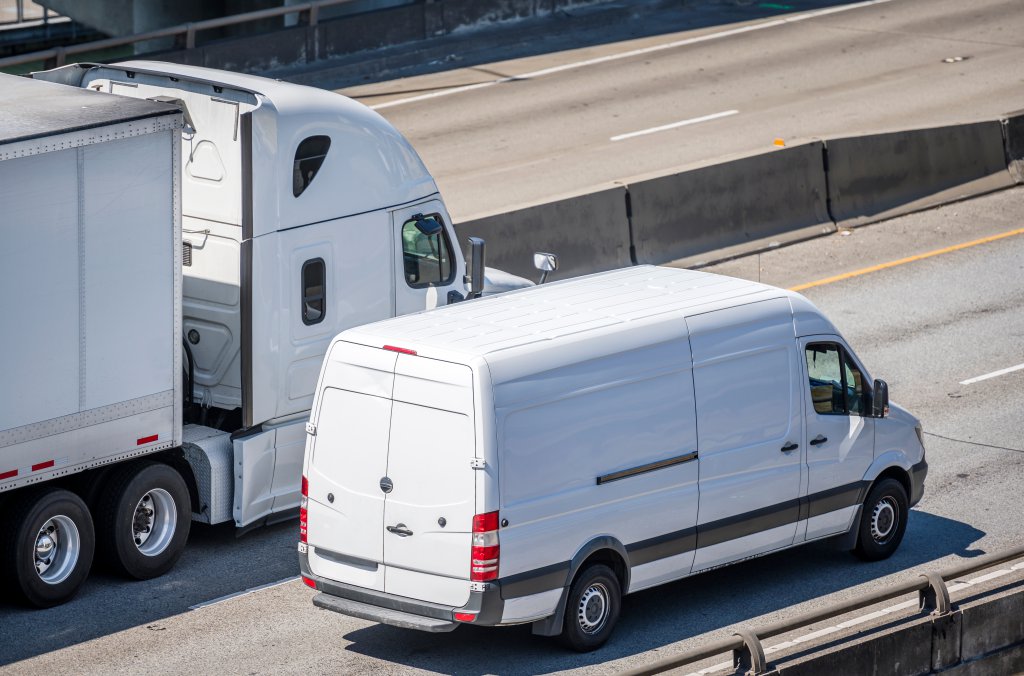The Twin Woes of Inflation and Fuel Costs Can be Beaten With Tech
The huge rise in orders placed via e-commerce sites for delivery in the UK during lockdowns has led to a big rise in demand for logistics of all types, from wholesale distribution to last-mile courier deliveries to consumers.
Conversely, the economic situation in general for the UK and Europe is not looking good for the rest of 2022. Higher inflation (up to 10% plus in the UK, around 6% on the Continent) is driving or being driven by rising fuel prices. As one of the primary industries affected by fuel costs, now is the time for transport managers to look very closely at their cost centres to see where resources can be saved.
The lucky few will have the option to migrate some vehicles to all-electric or hybrid, but for the majority, saving on fuel costs has to be number one priority to do more than just survive the next 18 months.
At scale, fuel savings add up, so even what might seem marginal differences based on an individual vehicle can translate to significant savings.
And as mentioned on these pages in a previous article, careful application of the right technologies in the right places can have positive consequences in sometimes unexpected areas of the business.
Although on-vehicle telemetry may have been installed on fleets initially as a way to track vehicles in near real-time (and to monitor drivers’ use of vehicles when off-shift), the same tech today forms but one of the elements of fleet management platforms. By using interconnected technology, where route planning processes take into account historical vehicle data, for instance, fleet managers can begin to optimise operations for better efficiency, lower fuel consumption and overall, better cost.
The advanced route planning capabilities of Verizon Connects transport management platform can be used to plan each journey to be as fuel-efficient as possible. That can mean that some journeys may take marginally longer, but they can be planned to avoid the start-stop pattern of driving in congested areas that are particularly wasteful of fuel.
To take this model to the next level, it becomes apparent that the best vehicles for inner-city routes at peak hours should be the fleet’s latest acquisitions. The recent generations of vehicles are generally more fuel-efficient, and many benefit from electronically controlled start-stop engines. Older vehicles can be assigned to longer routes that use more motorways or at least less-congested urban routes and A-roads.
By combining traffic information (in conjunction with tech like Waze or Google Maps, and/or drivers’ experience), routes can be created that combine efficiency in scheduled pickups/drop-offs with avoiding congested areas at peak times.

While a single route’s optimisation may only save a few pence, savings begin to accrue over a month, and across a fleet. And the more finely-tuned these improvements become, the savings can be sustained or even increased.
Of course, any seasoned transport decision-maker would be more than capable of these types of alterations without help from a silicon brain. But the digital information that’s drawn 24/7 from a connected fleet can only improve the accuracy of those decisions.
Furthermore, the technology inside Verizon Connect’s Reveal allows many more repetitive tasks on the desk of the fleet manager to be automated away. That saves time for exactly these types of strategic considerations, plus the same technology platform tends to create cost savings elsewhere in the business too.
The direct consequences of fuel-saving measures detailed above have secondary positive effects. Drivers aware of the imperative to save on fuel (perhaps by encouraged to exhibit better road manners, for example) will, by default, drive more carefully. That has knock-on positives for vehicle maintenance costs and should lead to fewer accidents. And again, to take the analogy another step, by rerouting older vehicles to less fuel-intensive routes, the general wear and tear on the fleet’s older leases is lessened – that too will save on maintenance workshop overheads.
The inflation predicted over the next twelve months will surely affect many other cost centres in the logistics sector, not least of which will be wages, but may also include spare parts and vehicle components and probably a dozen more. But by leveraging existing technologies or refreshing telemetric-based transport management solutions, fleet leaders and operational managers can begin to proactively address the business’s cost burden.
To find out where your company can make its own savings now and well into the future, check out the Reveal platform and other solutions from Verizon Connect. There’s even a free demo to help you see the possibilities.









